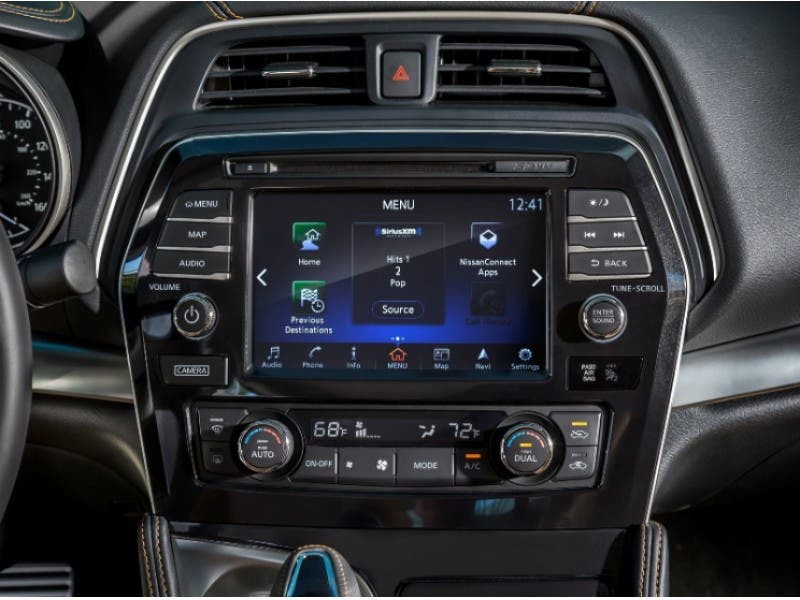Business & Tech
Study: Car Owners Don't Care About All Those Bells and Whistles
Disinterest in using in-vehicle technologies was highest among Gen Y millennials.

Automakers are investing billions of dollars in technologies, but a new study by J.D. Power suggests motorists could not care less about most of the bells and whistles.
The J.D. Power 2015 Driver Interactive Vehicle Experience (DRIVE) Report, which measured driver experiences with in-vehicle technology after 90 days of ownership, found that at least 20 percent of them had never used 16 of the 33 features measured in the study.
Five features that a third, and sometimes more, of owners said they “never use” are in-vehicle concierge (43 percent); mobile routers (38 percent); automatic parking systems (35 percent); head-up display (33 percent); and built-in apps (32 percent).
Find out what's happening in Hartlandwith free, real-time updates from Patch.
More than 20 percent of those survey said there are 14 technology features automakers shouldn’t bother with, including Apple CarPlay and Google Android Auto, in-vehicle concierge services and in-vehicle voice texting.
Among Gen Y owners, disinterest in technology features – specifically those related to entertainment and connectivity systems – increased to 23 percent.
Find out what's happening in Hartlandwith free, real-time updates from Patch.
“In many cases, owners simply prefer to use their smartphone or tablet because it meets their needs; they’re familiar with the device and it’s accurate,” Kristin Kolodge, executive director of driver interaction and HMI research at J.D. Power, said in a statement. “In-vehicle connectivity technology that’s not used results in millions of dollars of lost value for both consumers and the manufacturers.”
The reasons cited most frequently for not wanting a specific technology feature in their next vehicle are “did not find it useful” in their current vehicle and the technology “came as part of a package on my current vehicle and I did not want it.”
Additionally, owners who said their dealer did not explain the feature have a higher likelihood of never using the technology. Furthermore, features that are not activated when the vehicle is delivered often result in the owner not even knowing they have the technology in their new vehicle.
Owners don’t want all technologies to disappear.
Motorists want built-in features, rather than add-on external devices, that enhance the driving experience and safety, including vehicle health diagnostics, blind-spot warning and detection, and adaptive cruise control.
Kolodge said the first 30 days of ownership are critical for technology use, putting the onus manufacturers to design the systems more intuitively and on dealerships to better explain the bells and whistles to buyers.
“That first-time experience with the technology is the make-it-or-break-it stage,” Kolodge said. “Automakers need to get it right the first time, or owners will simply use their own mobile device instead of the in-vehicle technology.”
The insurance industry is also tracking in-vehicle technology for safety and financial purposes, according to the report. Insurers’ concerns include distractions caused by difficult-to-use technology, and increased repair costs of technology-equipped vehicles involved in accidents.
“While some technologies, such as lane-departure warning, are making vehicles safer, the insurance industry is very concerned about the driver-distraction hazards caused by some of the other technologies,” Chip Lackey, senior director of the insurance practice at J.D. Power, said in a statement. “In addition, technology drives up the repair and replacement costs. A slight bumper scrape that would normally cost a few hundred dollars to repair can catapult a claim into thousands of dollars when a park assist camera or other sensors are damaged.”
The 2015 Driver Interactive Vehicle Experience (DrIVE) Report is based on responses from more than 4,200 vehicle owners and lessees after 90 days of ownership. The report was fielded in April through June 2015.
Get more local news delivered straight to your inbox. Sign up for free Patch newsletters and alerts.